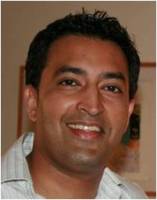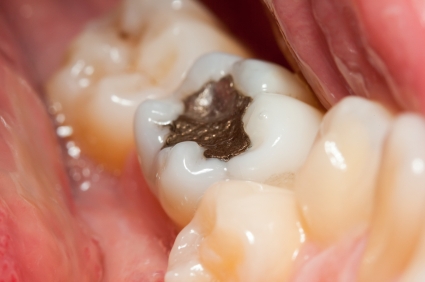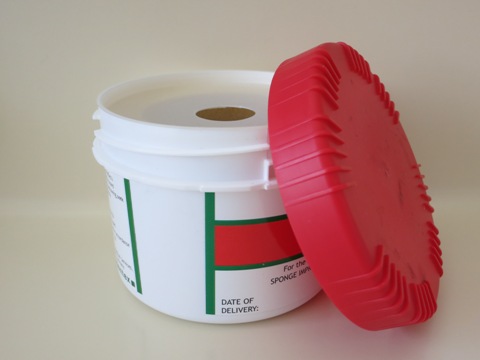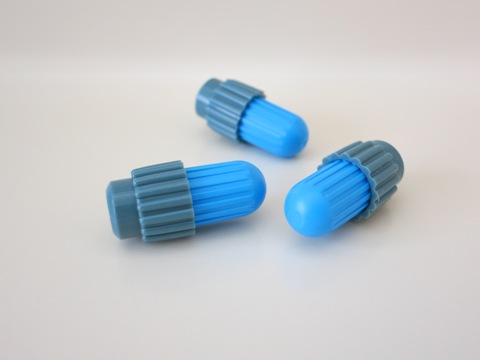Dental Amalgam course for Dental Practice



This session describes the constituents, preparation, handling, clinical applications and disposal of dental amalgam.
Learning Objectives
By the end of this session you will be able to:
- Describe the different types of dental amalgam available and their varying properties
- Describe the common clinical applications of dental amalgam
- List the advantages and disadvantages of dental amalgam as a restorative material
- Discuss the legislation surrounding the correct disposal of the material
- List the potential health-related effects of dental amalgam
Modern amalgams are considered to be alloys, which result from the mixture of mercury and other metals. Over the years, the constituents, their proportions and the particle size and shapes have been modified to make the resultant alloy’s properties more favourable.
Before commencing this session you should have knowledge of:
- The history of amalgam as a restorative material
- The constituents of dental amalgam
- The means of preparation and insertion of the material into a tooth
Raj completed undergraduate training at The Royal London Hospital School Of Medicine and Dentistry, Whitechapel in 2001 then spent his vocational training year in a general dental practice setting in East Anglia. He completed three years of Senior House Officer Training at Cardiff Dental Hospital within the specialities of Oral and Maxillofacial Surgery and Restorative Dentistry, after which he completed one year in NHS general practice as well as the specialist training programme in Fixed and Removable Prosthodontics with distinction. He is currently working as an associate specialist in Fixed and Removable Prosthodontics at Royal London Hospital School of Medicine and Dentistry, Whitechapel, London.

- Oral Health | Clinical and Risk Asessment | Select...
- Posted By eIntegrity Healthcare e-Learning
- Posted Date: 2025-02-22
- Location:Online
- This session identifies the guidelines that support dentists in the selection of the most appropriate dental radiograph. It further explains how dentists incorporate the guidelines into dental practice.
- Oral Health | Clinical and Risk Asessment | Reflec...
- Posted By eIntegrity Healthcare e-Learning
- Posted Date: 2025-02-22
- Location:Online
- This session describes the principles and techniques of reflective practice, and how to incorporate them into everyday primary or secondary care clinical practice.
- Oral Health | Clinical and Risk Asessment | Princi...
- Posted By eIntegrity Healthcare e-Learning
- Posted Date: 2025-02-22
- Location:Online
- This session provides a framework that underpins the approach to preventative measures. It outlines the issues that need to be considered when determining how best to provide effective and efficient care.
- Oral Health | Clinical and Risk Asessment | Princi...
- Posted By eIntegrity Healthcare e-Learning
- Posted Date: 2025-02-22
- Location:Online
- Treatment planning is built on the foundation of history, examination, special tests and diagnosis. Only a thorough approach to these can lead to a successful treatment plan.
- Oral Health | Clinical and Risk Asessment | Perfor...
- Posted By eIntegrity Healthcare e-Learning
- Posted Date: 2025-02-22
- Location:Online
- This session describes the processes for performing extra-oral and facial examinations, and the reasons for carrying them out.







